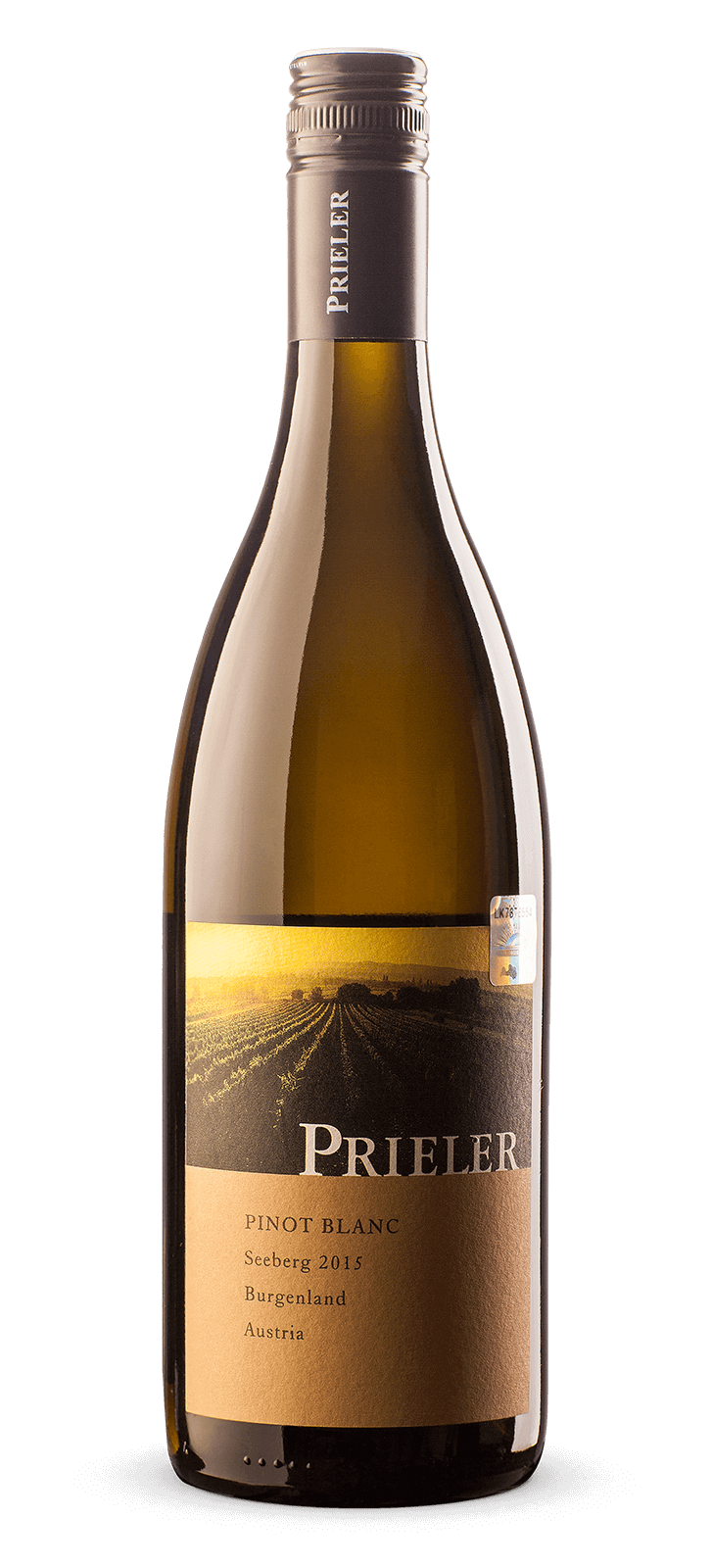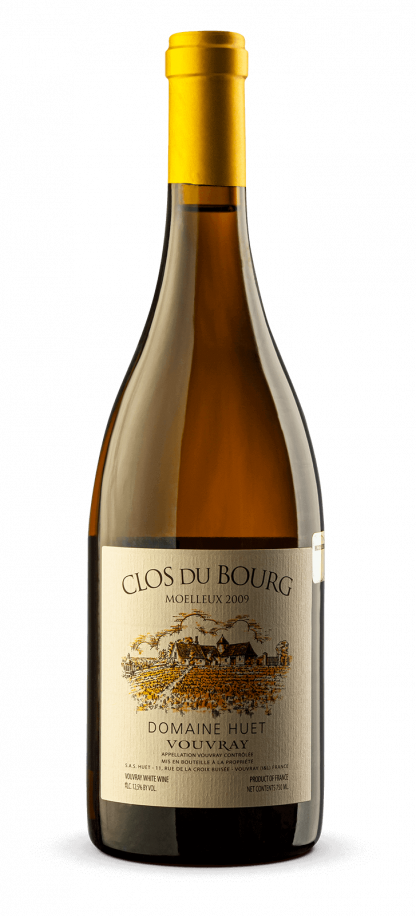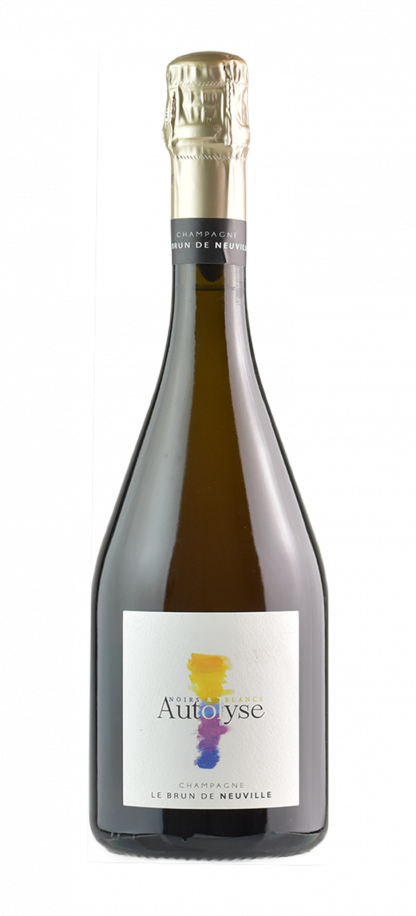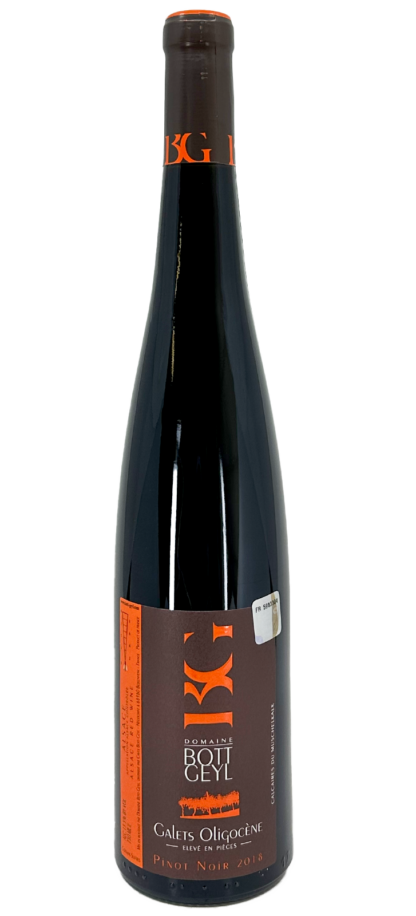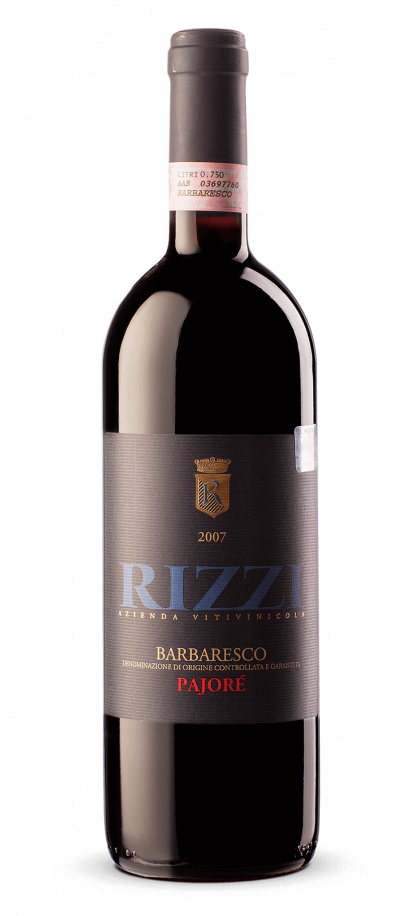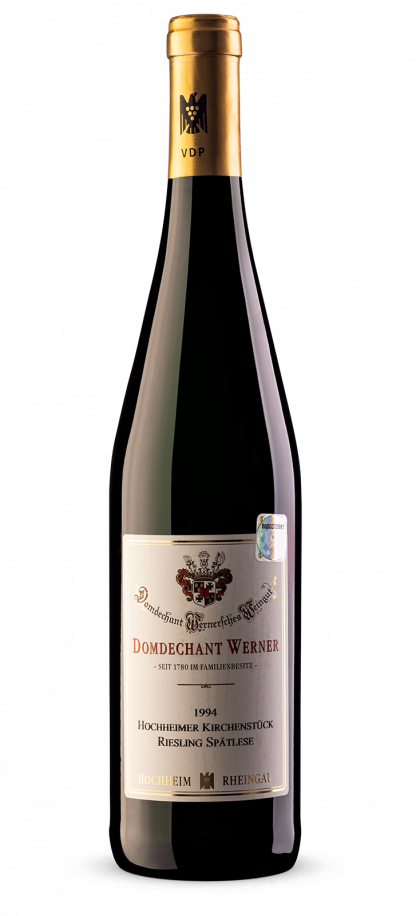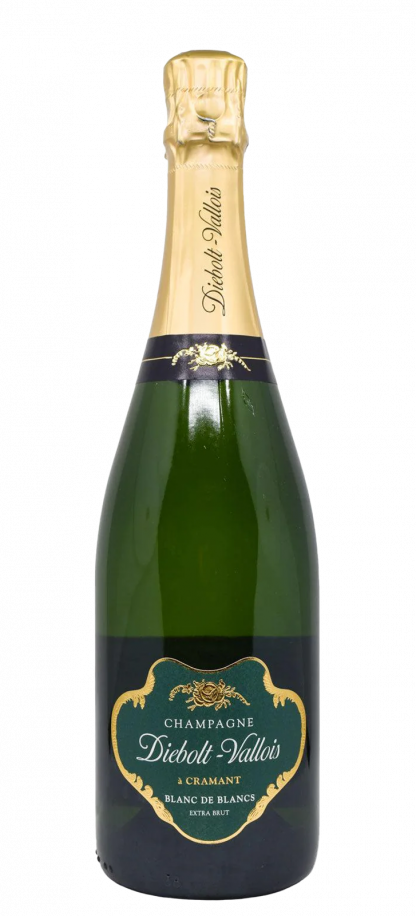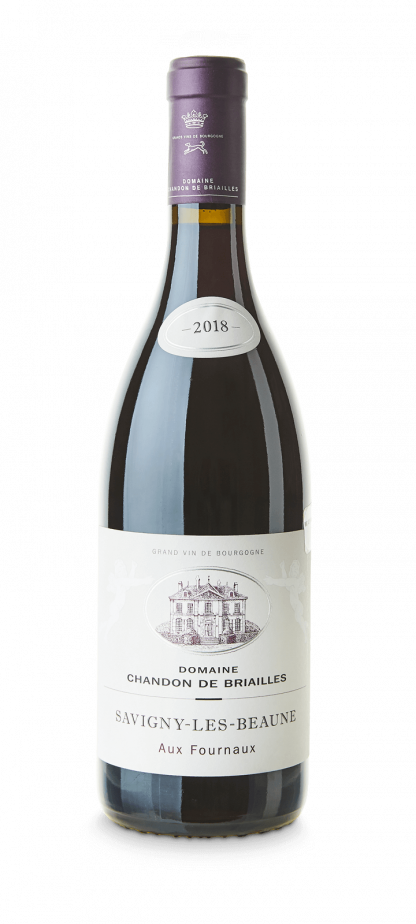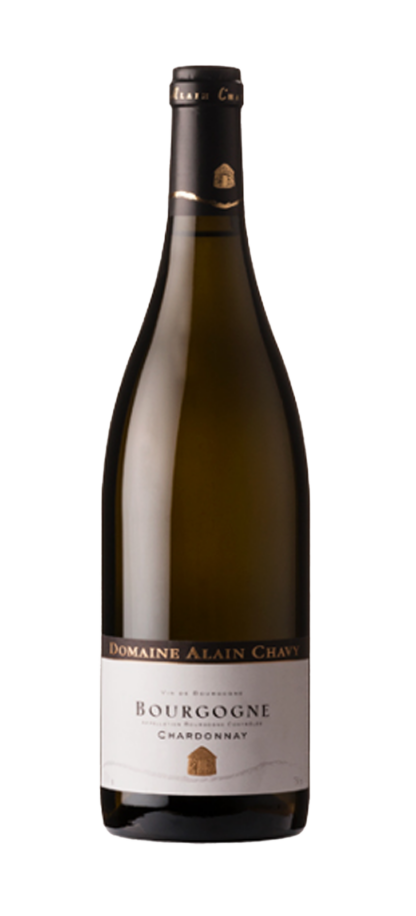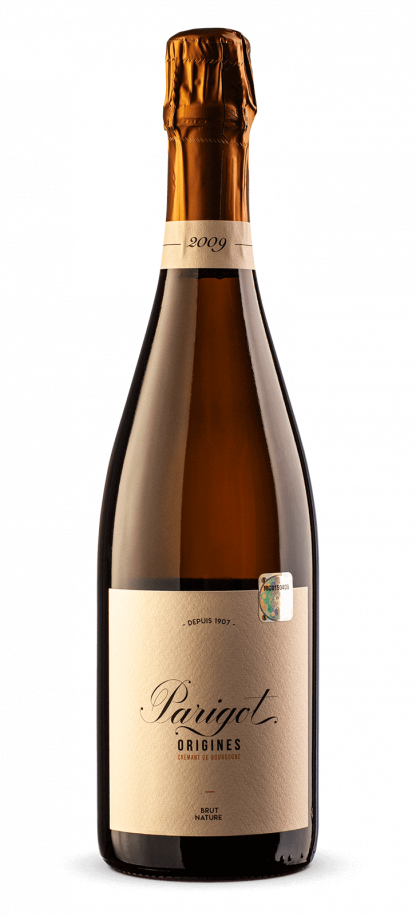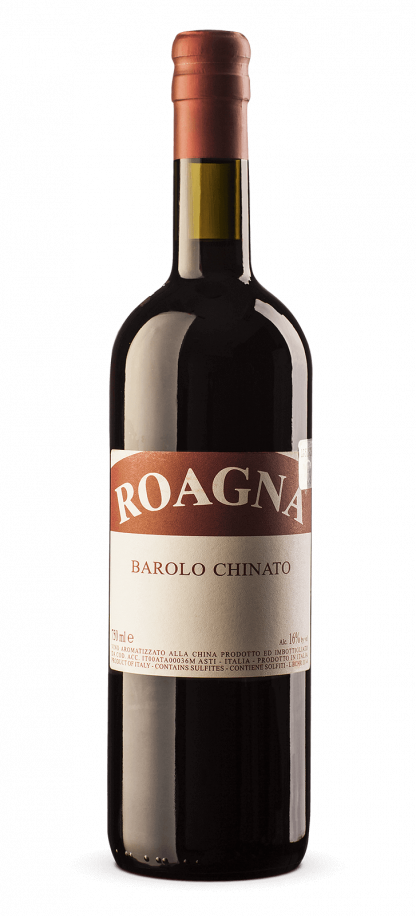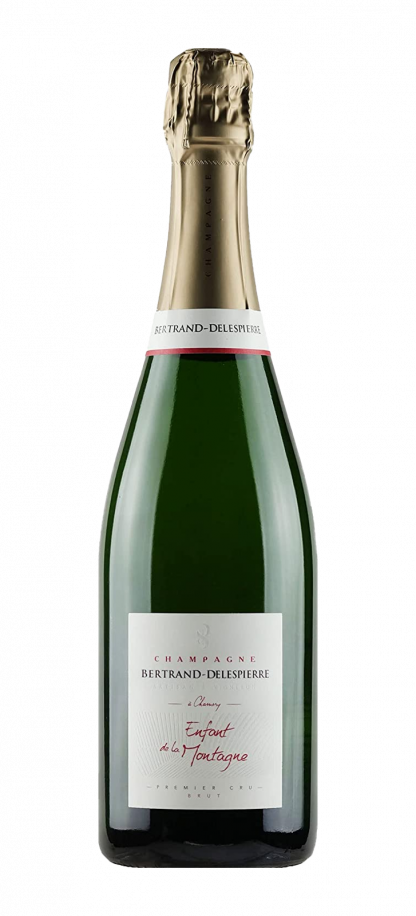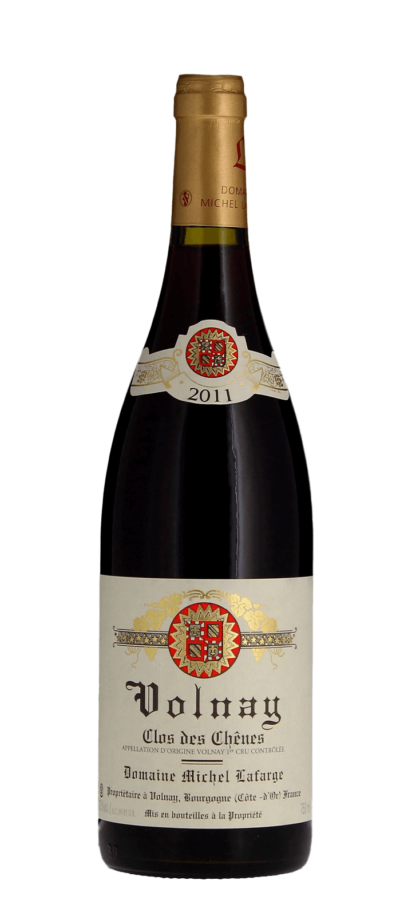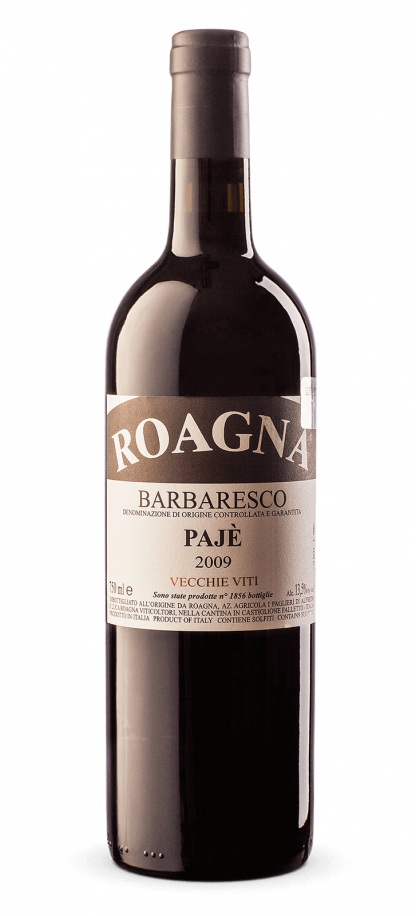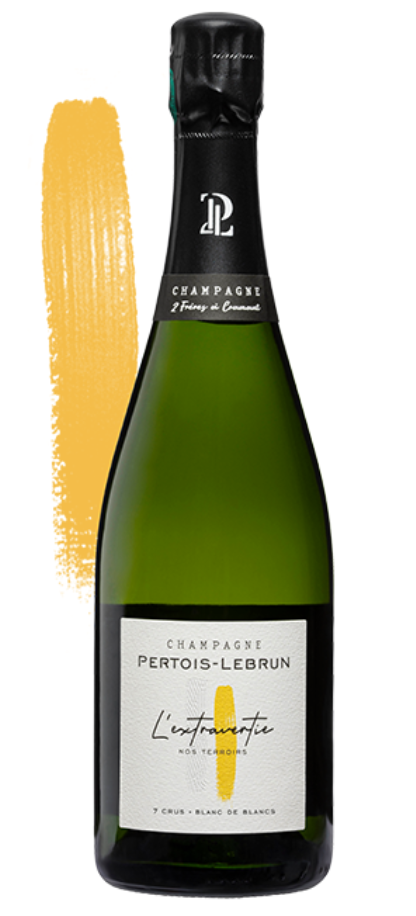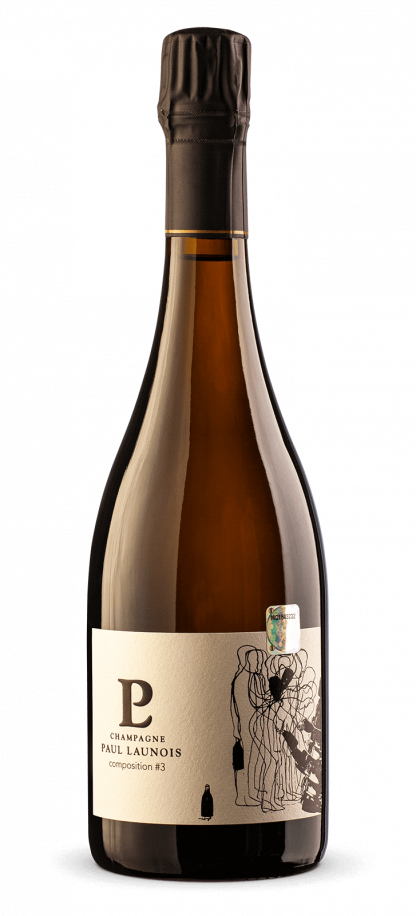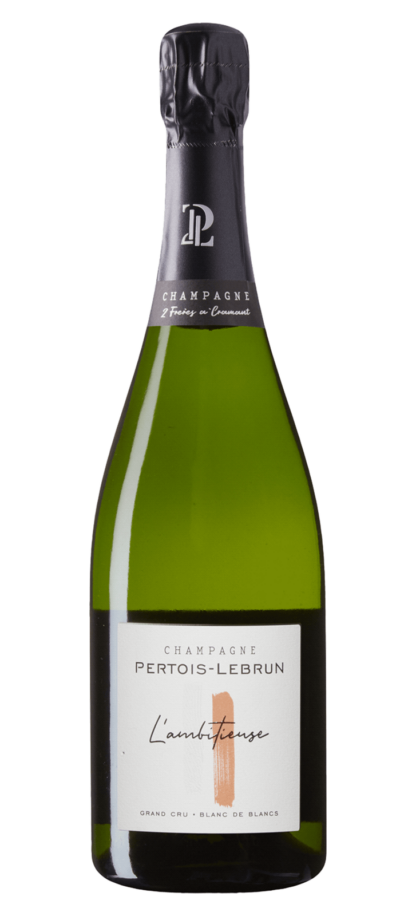Prieler Pinot Blanc “Seeberg” 2021
2021. gada “Seeberg” izvēršas ar elegantu baltu ziedu buķeti, zaļo ābolu un citrusaugļu pieskārienu, radot gan bagātīgu, gan kraukšķīgu garšu ar gatavu bumbieru, persiku un smalku mandeļu nokrāsu. ar atsvaidzinošu minerālu apdari. Šis Pinot Blanc tiek izcelts ar tā sarežģītību, krēmīgo tekstūru un nevainojamu skābuma integrāciju, padarot to par daudzpusīgu un izsmalcinātu šķirnes izpausmi. Tā dziļums un elegance padara to par izcilu izvēli tiem, kas meklē baltvīnu ar raksturu un smalkumu.
Prieler Pinot Blanc “Seeberg” savienošana ar tādiem ēdieniem kā cepta menca, vistas piccata vai pavasara dārzeņu risoto var uzlabot vīna augļu nianses un minerālvielu sarežģītību. Tas arī lieliski sader ar mīkstiem, krēmīgiem sieriem, radot apburošu tekstūru un garšu saspēli, kas izceļ vīna krēmīgo tekstūru un līdzsvarotu skābumu. Šīs ēdienu kombinācijas ne tikai papildina vīna profilu, bet arī uzsver tā spēju uzlabot maltītes, padarot to par daudzpusīgu pavadoni dažādiem kulinārijas stiliem.
Noliktavā 57 prece/-es






